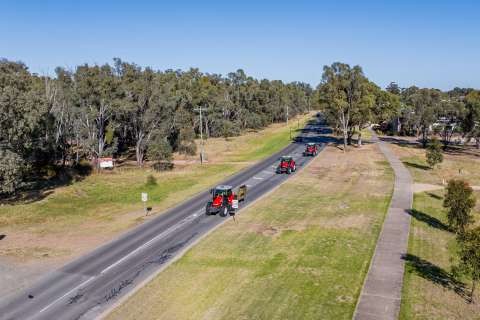The Australian Industry Group Australian Performance of Business Index (Australian PBI) fell by 0.3 points to 46.3 in February – a third consecutive month of contraction for the newly published index in a summer marred by widespread drought, bushfire and the recent escalation of China’s regional COVID-19 epidemic into a global pandemic (results below 50 points in the Australian PBI indicate deteriorating business conditions, with lower numbers indicating a faster pace of deterioration in the month).
The Australian PBI is a weighted composite of Ai Group’s Australian Performance of Manufacturing Index (Australian PMI®), Australian Performance of Services Index (Australian PSI®) (), and Australian Performance of Construction Index (Australian PCI®).
Ai Group Chief Executive, Innes Willox, said: “Business conditions slowed further in February as production was again lower compared with the previous month and as employment slumped to a level of contraction not seen since early 2012. The pull-back in activity in the construction sector continued to be a drag on overall performance both directly and as less work flowed along its supply chains to a range of manufacturing and service industries. Concern with the impacts of COVID-19 on the outlook extended across the business community in February as supply disruptions become more extensive, as numerous events were put on hold and as its spread outside of China accelerated. While the reduction in interest rates announced by the RBA earlier this week is expected to be mildly stimulatory, the balance of risks to the outlook has become more negative and the case for fiscal action has clearly strengthened,” Mr Willox said.
Australian PBI key findings for February
The Australian PBI declined by a further 0.3 points to 46.3 in February, after slumping by 0.8 points to 46.6 in January and 3.9 points to 47.4 points in December.
The PBI production / activity index declined by a further 0.5 points to 46.2 in February, indicating an accelerating rate of decline through the summer.
The PBI employment index dropped 5.6 points to 43.3 points in February, indicating a sharper fall in employment levels across Australian businesses. This was a second consecutive negative result (under 50 points) and the lowest monthly result since July 2012.
The PBI new orders index improved by 3.2 points to 50.7 in February, indicating stable levels after two months of contraction.
The PBI capacity utilisation index was broadly stable at 79.2%, remaining close to recent peaks (80.2 in August 2019) and well above its long-run average (75.3%).
The PBI input prices index jumped 2.9 points to 63.9 in February, indicating rising input pricing pressures compared to recent months.
The PBI selling prices index fell by 0.5 points to 49.8 in February, indicating a second month of broadly stable prices after four months of mild price rises in late 2019.
The PBI average wages index fell 1.6 points to 61.4 in February, after recording a recent high in January. It remains well above its 2019 average of 58.4 points, suggesting a possible acceleration in wage pressures (from relatively slow wage growth rates) across the private sector in 2020 to date.








